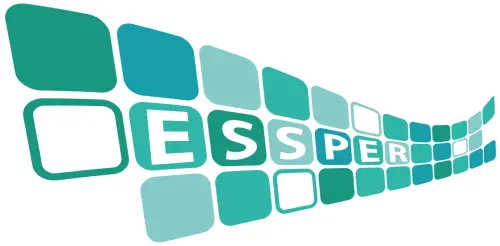Associazione ESSPER
periodici italiani di economia, scienze sociali e storia
periodici italiani di economia, scienze sociali e storia

Autori
Servidio, Grazia
La Rosa, Osvaldo
Vecchione, Gaetano
Titolo
Politica industriale e formazione tecnica: il caso degli ITS Academy
Periodico
Rivista economica del Mezzogiorno
Anno: 2024 - Fascicolo: 4 - Pagina iniziale: 653 - Pagina finale: 687
In the today’s competitive landscape, business innovation processes make it increasingly necessary to find figures with highly qualified skills, equipped with transversal abilities or technical profiles with strong specialized content and high intensity of applied knowledge. In the face of these needs, the possibility of having a tertiary vocational training system, i.e., achievable at the end of the secondary school cycle, comparable to that of other European countries, which have made this segment of training offerings a strong point for supporting the growth paths of businesses, assumes a crucial role. This paper aims to analyze the current framework of tertiary education offerings in our country, consisting of the structure oriented degrees established in 2016 and, above all, the Istituti Tecnici Superiori (ITS), introduced in 2008 and reformed in 2022, with the new name of Istituti Tecnologici Superiori (ITS Academy). The purpose is to verify: 1) whether the North-South divide that characterizes our country is also evident in the ITS training offer; 2) how the demand for technical figures is distributed at the territorial level with respect to the technological areas in which ITSs operate and the main sectors of economic activity. To this end, data described in report 2024 by INDIRE (National Institute for Documentation, Innovation and Educational Research), which manages, on behalf of the Ministry of Education, the national ITS Academy database, and the most recent data (2023) on the vocational and employment needs of businesses, surveyed since 1997 at the national level by Unioncamere’s Excelsior system, are used. The study’s main findings indicate that despite recent progress, as highlighted by the latest OECD data referring to 2022, Italy still lags behind many of the most technologically advanced countries in the development of an adequate level of professionalizing short-cycle tertiary training offerings, partly due to ordinary funding that is still insufficient (OECD, 2021); the extent and quality of training offerings also appear decidedly asymmetrical at the territorial level, to the disadvantage of southern regions. Finally, a significant mismatch between demand and supply of specialized vocational figures emerges from the comparison between the data relating to the demand for technical figures in companies, collected by Unioncamere, and the data on the technical profiles trained by ITS, deducible from the INDIRE report. Despite the growth in recent years of ITS, and more generally in the face of greater attention by policy makers to the development of this important segment of training offerings, this constitutes a significant bottleneck for the competitive growth prospects of businesses.
SICI: 1120-9534(2024)4<653:PIEFTI>2.0.ZU;2-9
Testo completo: https://www.rivisteweb.it/download/article/10.1432/118047
Testo completo alternativo: https://www.rivisteweb.it/doi/10.1432/118047
Esportazione dati in Refworks (solo per utenti abilitati)
Record salvabile in Zotero
Biblioteche ACNP che possiedono il periodico
